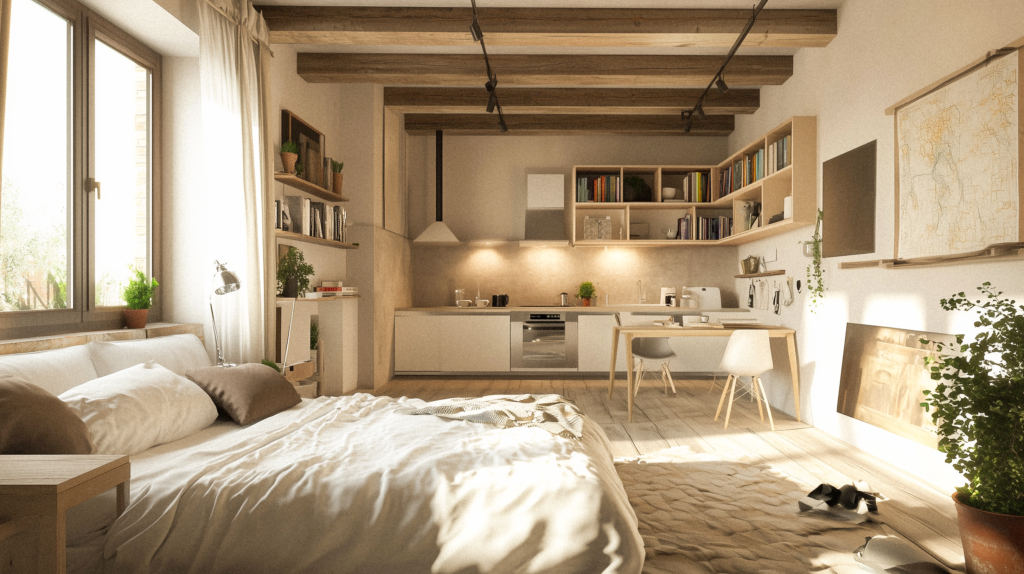Index
- In Milan, mini apartments are 1% of the total available for sale, in Rome they are 0.4%
- In Milan, 98% of mini apartments are classified as studio apartments, 11% are in need of renovation
- In Rome, less availability, but in better conditions: only 6% are in need of renovation
***
Milan, 19 September 2024 - The “Salva Casa” Decree has recently given the green light to the habitability of so-called mini apartments, homes with a height of 2.40 meters and a surface area of 28 m2 for two-room apartments and 20 m2 for studio apartments. An operation that should therefore increase the real estate stock available on the market.
Casavo, a company that offers smart solutions for selling and buying homes, has analyzed the real estate market in Milan and Rome, identifying how many mini apartments are already available and what characteristics they have in the two capitals.
Milan has more mini apartments, 98% of which are studio flats. Homes are in better condition in Rome
In the Lombardy capital, properties available for sale with a surface area between 20 and 28 m2 are 1% of the total 16,100 units and are almost entirely studio flats (98%). In Rome, properties considered habitable according to the new legislation are 0.4% of the total 30,300 units. Even in the capital, the majority of these are studio flats (69%), but there is also a considerable share of two-room apartments (20%).
In Milan, 11% of this type of housing needs renovation, while 77% are in good or excellent condition. The stock of mini apartments in Rome is in better condition than in Milan: 86% are in fact classified as in good or excellent condition, while only 6% need renovation.
On prices, Milan beats Rome
The main difference between the markets is noted when analyzing the prices:in Milan 43% of apartments measuring up to 28m2 cost up to 100,000 euros, 41% between 100,000 and 200,000 euros, 14% between 200,000 and 300,000 euros. In Rome, only 5% of mini apartments have a price ranging from 200,000 to 300,000 euros, while the majority of these homes, 69%, cost less than 100,000 euros.
“Milan and Rome are certainly two distinct realities, each with its own housing dynamics based on a different urban physiognomy. Milan, which has developed according to an urbanization in concentric circles with greater population density, has long had a growing demand for compact and well-located spaces. Consequently, the supply is higher than in the capital, albeit at decidedly higher prices,” commented Victor Ranieri, Chief Revenue Officer of Casavo, “This scenario highlights how housing choices are profoundly influenced by the specific characteristics of each city. As Casavo, we are ready to welcome this customer-driven market evolution and to adapt our services accordingly, continuing to offer innovative and quality solutions in both cities."
Casavo processing of listing data available on the main classifieds platforms

